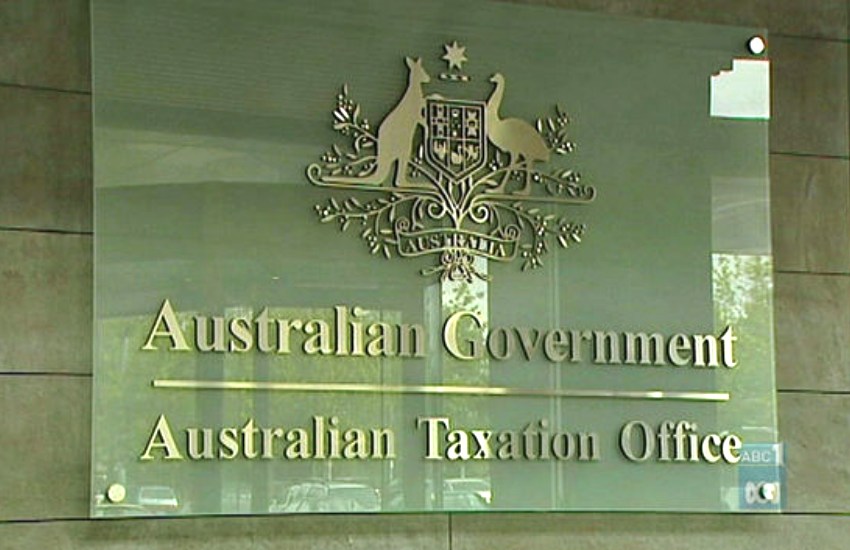With the Morrison government’s stage 2 income tax cuts sailing through Parliament last week, the ATO now anticipates that it will be able to publish updated tax withholding schedules over the next few days.
You’re out of free articles for this month
Despite the tax cuts being backdated to 1 July this year, the Tax Office has confirmed that it will not adjust withholding schedules to account for any over-withheld amounts that individuals have accrued since the start of the financial year.
Instead, this over-withheld amount will be factored into the tax assessment of an individual at the end of the income year.
“Following this, employers will need to make adjustments in their payroll processes and systems in order for the tax cuts to be reflected in people’s take-home pay. The complexity of implementing these adjustments may be different for each employer,” the ATO said.
“This means that some people may notice the tax cuts reflected in their take-home pay within a few days or weeks, while for others it may be longer.
“Any ‘over-withholding’ that occurred prior to the employer updating their payroll software and processes will be included in the tax assessment of the employee at the end of the income year.”
The Institute of Public Accountants chief executive Andrew Conway said that while the tax cuts were welcomed, the delivery of the cuts might not achieve the immediate boost that Treasury had intended.
“The ATO is unable to retrospectively deal with the PAYG overpaid for the first quarter of the financial year. Therefore, many salary and wage earners may not get the ‘backpay’ for the months of July, August and September as instantly as first thought,” Mr Conway said.
“If you take someone who was going to receive the maximum benefit of $2,564, one quarter of this amount, i.e. $641, has already accrued and will not be immediately available to stimulate the economy as intended.
“Treasury’s ideal scenario is that this money would be out in the economy as soon as possible and being spent so that the sugar hit delivered by the tax cuts was more immediate.”
However, Mr Conway believes non-salary and wage earners can immediately take advantage of the tax cuts by varying their September quarter instalment.
“Taxpayers earning income outside of wages and salaries can immediately take advantage of stage 2 tax cuts by varying down their quarterly instalment in the September BAS which is due on 28 October 2020,” Mr Conway said.
“Small-business entrepreneurs are mostly unincorporated entities and therefore are also beneficiaries of the stage 2 tax cuts. We are encouraging all our members to vary down PAYG to take advantage of this initiative.”
Jotham Lian
AUTHOR
Jotham Lian is the editor of Accountants Daily, the leading source of breaking news, analysis and insight for Australian accounting professionals.
Before joining the team in 2017, Jotham wrote for a range of national mastheads including the Sydney Morning Herald, and Channel NewsAsia.
You can email Jotham at: This email address is being protected from spambots. You need JavaScript enabled to view it.

 Login
Login







